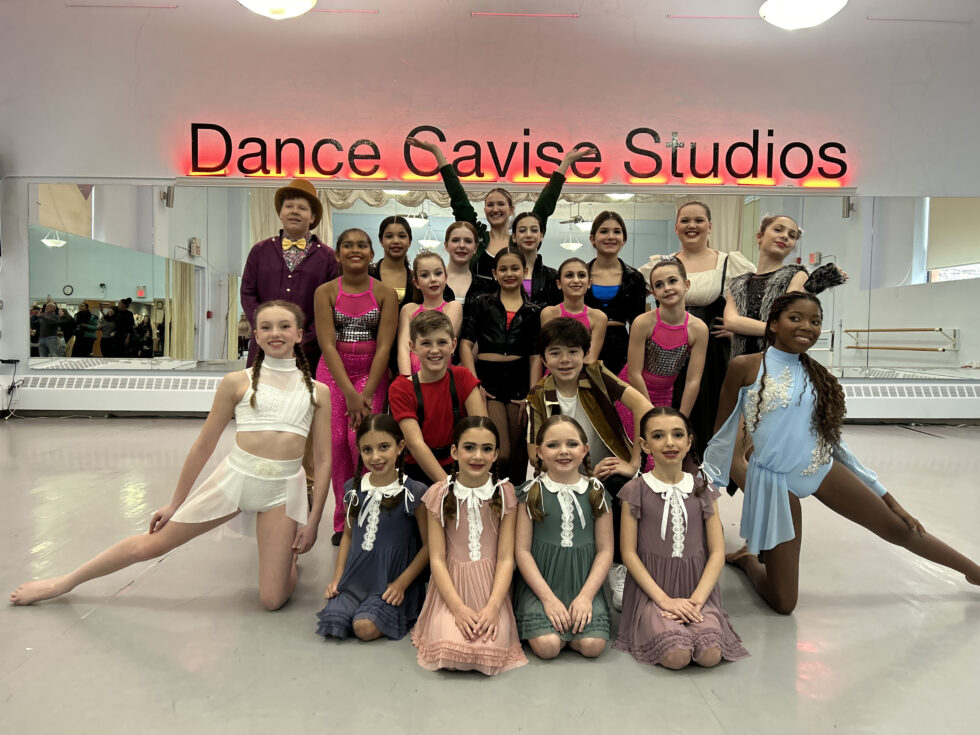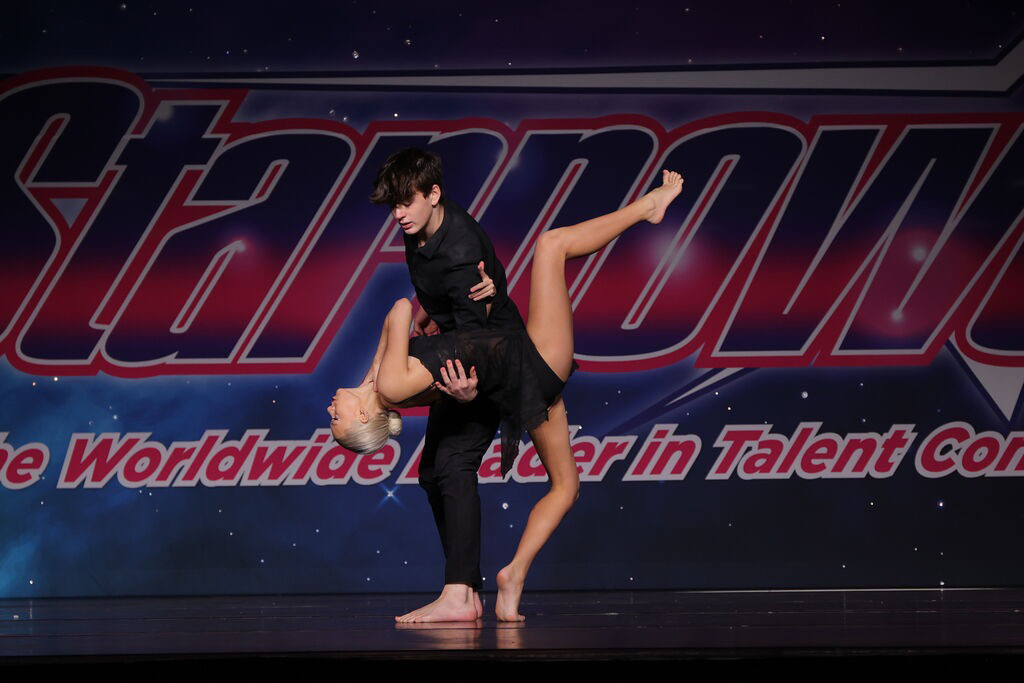Although the competition is exciting and fun, it is also extremely taxing on the mind and body. After months of rehearsing and performing for hours on end every week, it’s easy to find yourself burned out. How can teachers and dancers prevent normal fatigue from turning into burnout? By recognizing the obvious signs and making small but meaningful changes.
symptoms of burnout
Marissa Graham, a former professional dancer who now works as a fitness and wellness coach specializing in burnout, says dancers are particularly susceptible to burnout due to a combination of factors: Many With perfectionistic Type A personalities, they often face rejection, and they are under physical stress.
Signs of burnout can be physical or emotional. “If you’re often sick or injured, or find yourself saying you’re tired all the time, you may be experiencing burnout,” she explains. “But less talked about signs of burnout also include a lack of empathy for the things and people you normally care about, and a lack of self-efficacy — a feeling that your accomplishments no longer matter.”
slow down cycle
It’s easier to prevent burnout than to rejuvenate. Blake Piatczyc, owner of BPM Dance Complex in Lee’s Summit, Mo., and national director of the In10sity dance competition, said team bonding activities and prioritizing individual instruction can help ease the mental burden on highly competitive students. “We’re also very careful to schedule only the rehearsals and technique classes that the dancers really need so they can be ready for competition and build endurance, but they also have time to be kids,” he said.

Likewise, Jenna Eberhardt, competition director at Kavis Studio in Mamaroneck, New York, and a judge for the Journey Dance Competition, is prioritizing her own rest during the holiday break and encourages students to do the same this way. “As dancers, we feel like we need to keep doing more and more, but I actually find that after taking some time off, everyone comes back refreshed and their movements look cleaner,” she explains.
Finding ways to avoid duplication of competitive performance can also help students and teachers avoid burnout. Piatczyc’s goal is to diversify the roughly 200 dances BPM enters in each competition “so dancers don’t feel stuck in any one style.” Eberhardt is open to making small changes in choreography , such as turning doubles into triples, or changing acrobatic techniques to keep dancers fresh as the season progresses.
Be your own advocate
As Graham often tells clients, “Burnout is not your fault, but you have a responsibility to recognize when it happens.” She encourages dancers to speak up for themselves and teachers to make space for them. “If you’re feeling signs of burnout, start with a quick body scan and notice what’s actually happening in your body and the emotions that are coming up,” she explains. “Use this information to explain to your teacher that you may need to relax even if you are not injured or sick.”

Another way to deal with the symptoms of burnout is to use what Graham calls BAM, or “no minimums”—small actions you can take to help manage the stress cycle until you’re able to get enough rest. This might mean making sure you eat three meals a day, or taking five minutes before bed to do some deep breathing exercises.
remember your why
One of the keys to preventing and stopping burnout is to remind yourself why you started dancing. “Recovering from burnout is all about rediscovering the joy of exercise, which can be a tricky thing if you’re only focused on training for the next game,” Graham said. But remember, dance is something you love and you want it to be a positive, sustainable part of your life.

